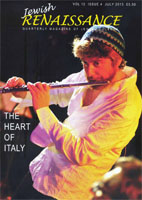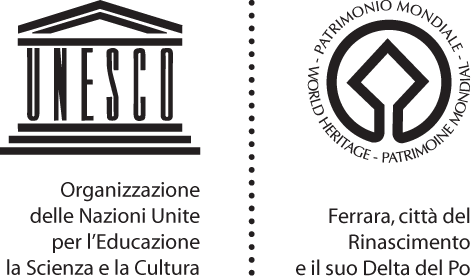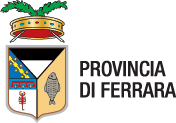Jewish Ferrara
Through the streets of the Ghetto
The area involved in the former Ghetto, institued in the17th Century, is constituted by today's Via Mazzini, Via Vittoria and Via Vignatagliata, where, in the courtyards, the secret passageways, and on the evocative balconies, you can breathe in the intense life of the Ghetto.
In via Mazzini, the main street of the historical jewish ghetto, 15 stumbling blocks have recently been placed, Stolpersteine. These are small concrete cubes with a brass plate made by the artist Gunter Demnig that report biographical datas of the victims of the nazi camps. They are placed in front of the last known residence of deportees, they invite you to reflect on historical memory.
The Synagogue and the Jewish Museum
The front of the building is distinguished from its neighbours by the memorial stones at the entrance. Among the most important parts inside are the former German Synagogue, used for the most solemn ceremonies, the erstwhile Italian Synagogue, and the Fanese Oratory, used for Sabbath worship. In the historic building there is also th Jewish Museum: liturgicxal objects, 18 Century furnishing, and printed documents with works of the celebrated Isacco Lampronti, a doctor and theologian who lived between the end of the 17 and the beginning of the 18 Century.
The Jewish Cemetery,a place of memory
The Jewish Cemetery, shielded by the walls, is a wide gardenwhere the white of gravestones emerges between isolated pines and clumps of grass. Here rests the writer Giorgio Bassani, one of the most illustrious representatives of Ferrara's Jewish Community, whose works contain some of the most beautiful literary images of Ferrara.










